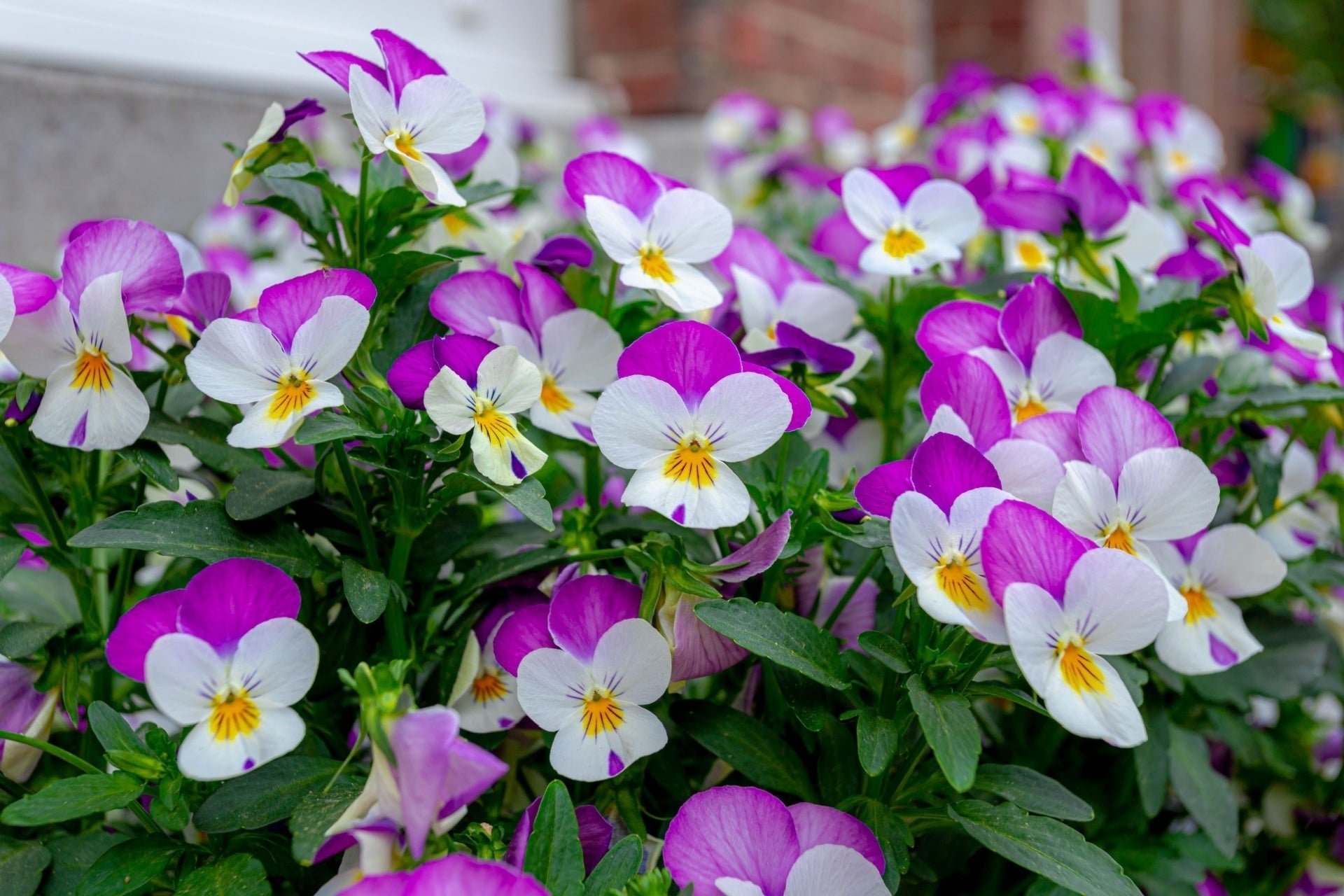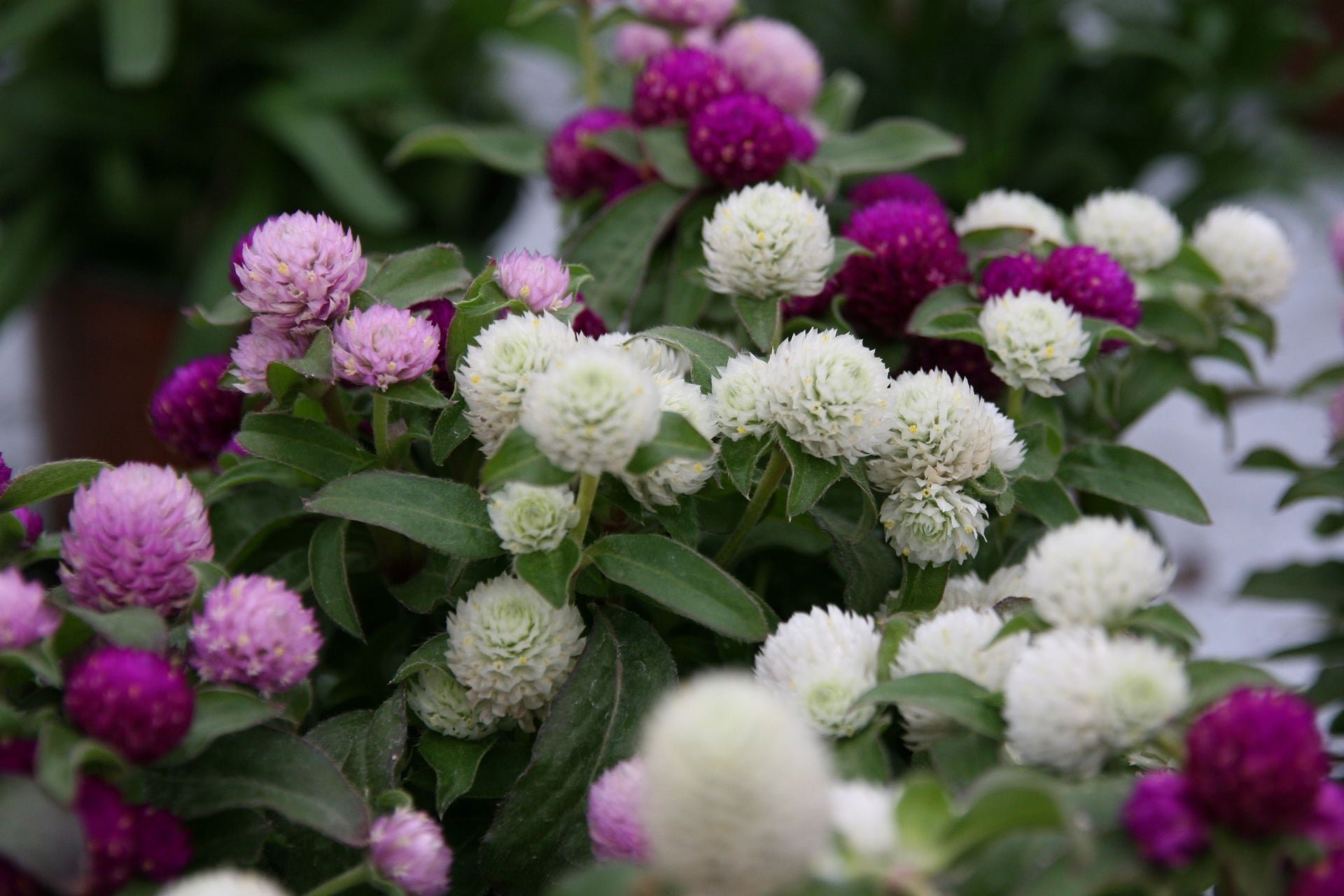Understanding the Life Cycle of Pansies: Annual or Perennial
When you've walked through a colorful spring garden or looked at a winter flower bed with joy you likely observed pansies. Gardeners love pansies because of their "faces" and wide range of colors. But one question often pops up: Are pansies annuals or perennials? The nature of pansies as either annuals or perennials varies according to climate conditions and gardening practices.
Pansies (Viola x wittrockiana) belong to the category of short-lived perennials. Most gardeners choose to grow pansies as annuals or biennials because they thrive in cool weather but usually fail to withstand intense summer heat or extreme cold winters. Gardeners in hardiness zones 6 through 10 usually plant them in the fall to appreciate their flowers during winter and early spring. In regions with colder climates, pansies are grown as spring annuals before being disposed of after their blooms fade.
Temperate climate gardeners can successfully overwinter their pansies when they mulch the plants' base for protection. For most practical applications in the United States, gardeners plant pansies every year because they deliver immediate visual appeal and dependable flowering.
Keywords: Pansies function as annual plants in most regions but can survive winter in milder climates if properly protected.
Growing Pansies Alongside Native Beauties
Though pansies serve as ornamental hybrids you can establish an eco-friendly garden by growing them together with native perennials and wildflowers. Native flowers serve both aesthetic purposes alongside pansies while simultaneously supporting pollinators and local ecosystems.
Eastern Columbine (Aquilegia canadensis), a native spring-blooming flower that thrives in cool weather like pansies, makes an ideal planting companion. The Virginia Bluebell (Mertensia virginica) serves as an excellent garden companion because it thrives in shaded areas while adding a mystical woodland allure to any landscape.
Blanket Flower (Gaillardia) thrives in sunny areas as a native perennial, which requires minimal upkeep. It keeps your garden colorful throughout summer after pansies stop blooming. Wild Bergamot (Monarda fistulosa) alongside Coreopsis serve as excellent additions to your garden. Native plants not only complement pansies visually but also serve as attractants for butterflies and both bees and hummingbirds.
The combination of pansies with native flowers results in a seasonal garden where native plants establish themselves perennially while pansies provide additional color during early spring and fall.
Keywords: Native perennials combine well with pansies to create a sustainable garden filled with spring flowers and native wildflowers.
How to Keep Your Pansies Thriving Longer
Pansies are usually grown as annuals but you can use specific strategies to prolong their flowering period and make them act more like perennial plants. Choose a spot that receives full to partial sunlight and has well-draining fertile soil. Pansies require steady moisture levels throughout dry periods but grow poorly with overly damp roots.
Remove faded flowers frequently to stimulate new flowering and stop premature seeding in the plant. To protect your pansies from summer heat you should provide afternoon shade and apply mulch around the base to keep the roots cool. During winter in colder areas pansies become dormant but they return to their colorful state in spring when given proper protection.
For pansy overwintering experiments select cold hardy varieties such as ‘Matrix’ or ‘Delta’ series for best results. Gardeners in USDA zones 7 through 10 should plant pansies during the fall season to maintain their bright colors throughout winter.
Want even more color next year? To get seeds for next year's planting gather seeds from a few pansy blooms during late spring. You can start these seeds indoors during the next growing season or sow them directly outdoors in early autumn for an economical homegrown planting option.
Keywords: Gather information about pansy care techniques and how to maintain them through winter while also learning about ways to extend their flowering period with hardy varieties.
Final Thoughts
Your treatment of pansies as annual or perennial plants depends on your gardening approach and geographic location. Pansies are commonly cultivated as annuals because they thrive in cool weather conditions and do not tolerate heat well. Proper care combined with suitable climate conditions can allow you to extend the enjoyment of your pansies into multiple seasons.
For a year-round flourishing garden integrate your pansies with native perennial plants such as Virginia Bluebells Wild Bergamot or Blanket Flower. Pairing these plants delivers aesthetic improvement to your beds while simultaneously supporting pollinator well-being and enhancing biodiversity.
When starting your garden you should select plants that offer extended benefits over multiple seasons. While pansies create immediate happiness in gardens they join native species to create extended, richer experiences throughout your garden's annual journey.
Read more

Classic Johnny-jump-ups, showy pansies and native violet varieties all make excellent choices for gardeners seeking attractive small flowers. The combination of their strong durability and simple c...

Gomphrena brings enduring beauty and environmental advantages whether you plant it as an annual or a perennial in your region. Gomphrena requires minimal care while providing vibrant color and outs...


